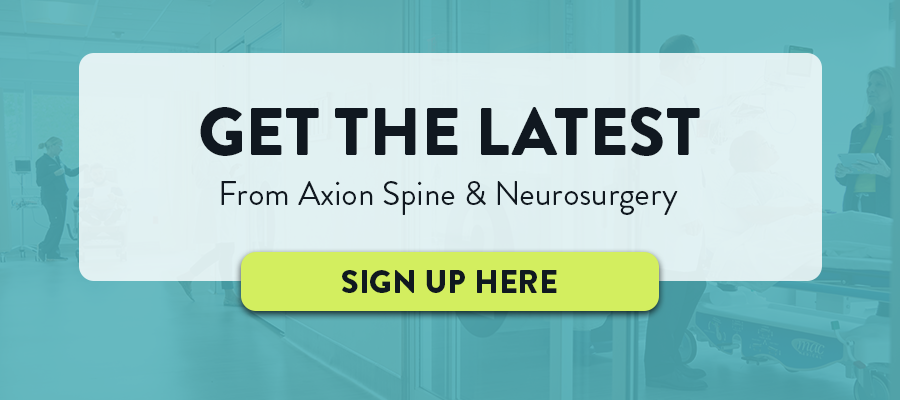3 Great Stretches for Lower Back Pain Relief

Back discomfort, especially lower back pain, is quite common. Four out of every five people will experience lower back pain. Back pain is characterized according to its duration and might be:
- Acute: Occurs suddenly, usually due to something specific, such as an injury.
- Chronic: Lasting more than three months.
Discomfort can range from mild to severe and typically involves the spinal joints, discs, vertebrae, or muscles. Sitting, slouching, and excessive arching can cause pain. Other triggers include:
- Incorrect lifting motion
- Repetitive motions
- Improper bending
Forcing a muscle beyond its range of motion can cause a strain or sprain. Flexibility improves muscular range of motion, lowering the risk of muscle and joint damage. Exercises emphasizing optimal mobility can help minimize or even prevent bothersome lower back discomfort.
A well-rounded fitness plan involves cardiovascular activity and stretching and strengthening exercises. There are several advantages to stretching and strengthening the muscles that support the spine and pelvis, including:
- Relieving spinal disc and joint pressure
- Reducing stiffness and increasing mobility
- Increasing blood flow
- Reducing the frequency and intensity of pain
Great Stretches for Lower Back Pain Relief
1. Foundation training
Foundation training consists of isometric positions, postures, and breathing exercises designed to strengthen and lengthen the body’s core. It properly engages the muscles in the back of the legs and around the spine.
Foundation training exercises stretch and relax the muscles at the front of the body while strengthening the ones at the back.
Benefits include:
- Improved lumbar support
- Decreased back and neck discomfort
- Less joint pain
- Fewer muscle aches
2. The McKenzie workouts
McKenzie exercises are a progression of positions that lengthen the spine and relieve discomfort. A series of poses are presented in each exercise. People experiencing more significant pain would begin with the first position and gradually work through the other stretches over time. McKenzie’s workouts are divided into stages: prone lying, prone lying while resting on elbows, prone push-ups, gradual extension, and standing extension. The McKenzie method’s therapeutic principles encourage the body’s built-in potential to heal. The goal is to:
- Eliminate symptoms
- Restore function
- Prevent relapses
3. Neuroflossing
Nerve flossing is a gentle exercise technique that stretches inflamed nerves, enhancing range of motion and relieving discomfort. It is also known as nerve gliding or neural gliding.
Nerve structures must be able to glide and stretch to function correctly. Underlying back problems or injury may compromise normal nerve mobility, resulting in symptoms. Nerve flossing is intended to restore normal nerve dynamics to help aid in the resolution of related symptoms.
Benefits of Stretching
The cornerstone of treating chronic back pain is exercise and activity modification, which may be customized for specific symptoms and conditions.
Strengthening and stretching the back’s core muscles can promote bodily stability, an excellent benefit of exercise therapy for persistent back pain. It can help to:
- Recognize the boundaries of pain tolerance
- Improve mobility and flexibility
- Promote good posture
- Promote safe lifting and moving techniques
Back discomfort does not have to limit your enjoyment of activities.
Don’t continue to live with lower back pain – schedule an appointment today!
Do you feel burdened by your low back pain? Don’t suffer any longer- Schedule an appointment today!
